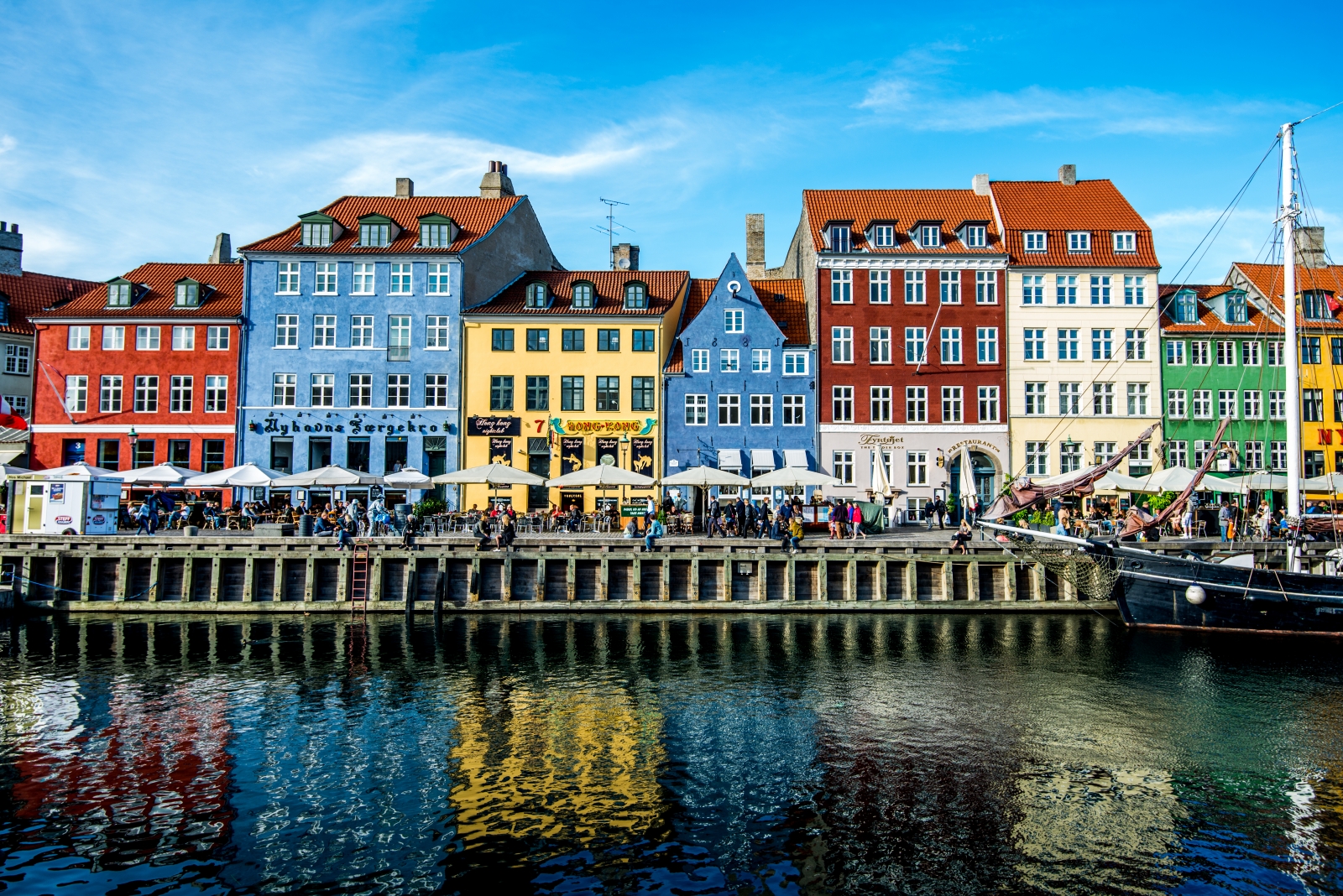It’s a frigid November evening in the coastal capital of Denmark. The sky is as black as ink, the wind is whipping off the harbor with a biting chill, and it feels cold enough to snow. I’m wrapped in layers of winter clothes, and in any other city in Europe I’d be staying indoors.
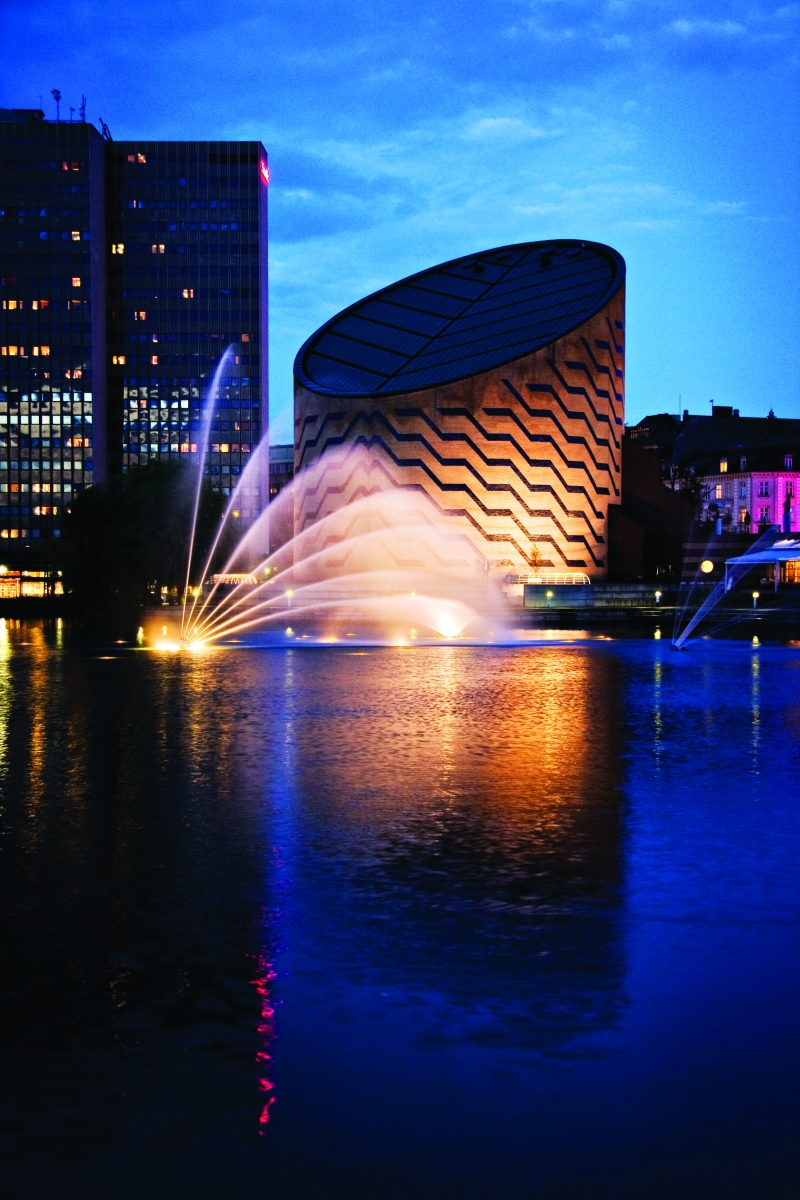

Tycho Brahe Planetarium
This, however, isn’t like other cities because Copenhagen has hygge, a powerful and very effective weapon to help banish the winter blues.
Hygge? Let me explain. Firstly, it’s pronounced “hue-gah” and is a uniquely Danish phenomenon meaning to create a warm, welcoming atmosphere and enjoy the good things in life with good people.
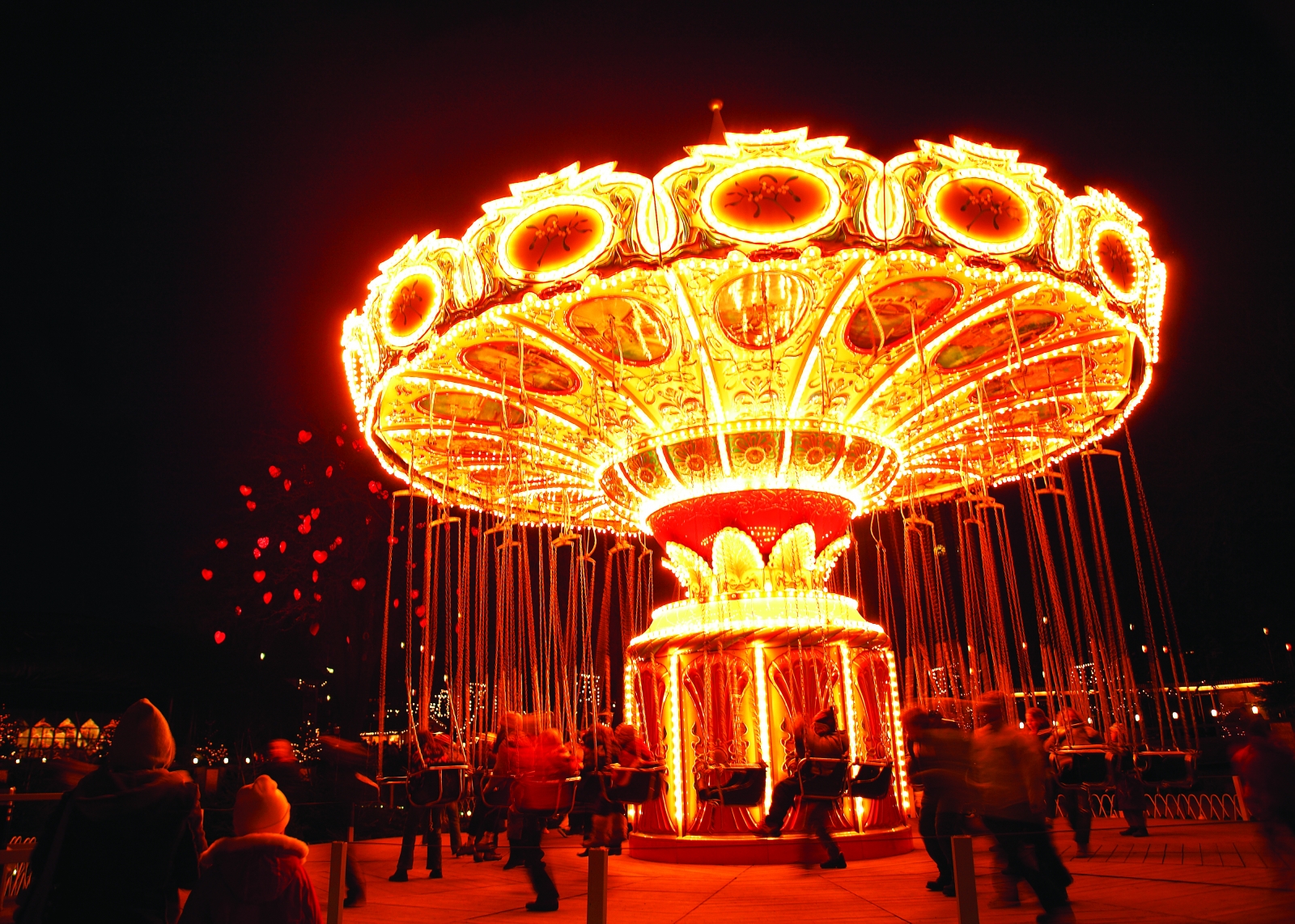

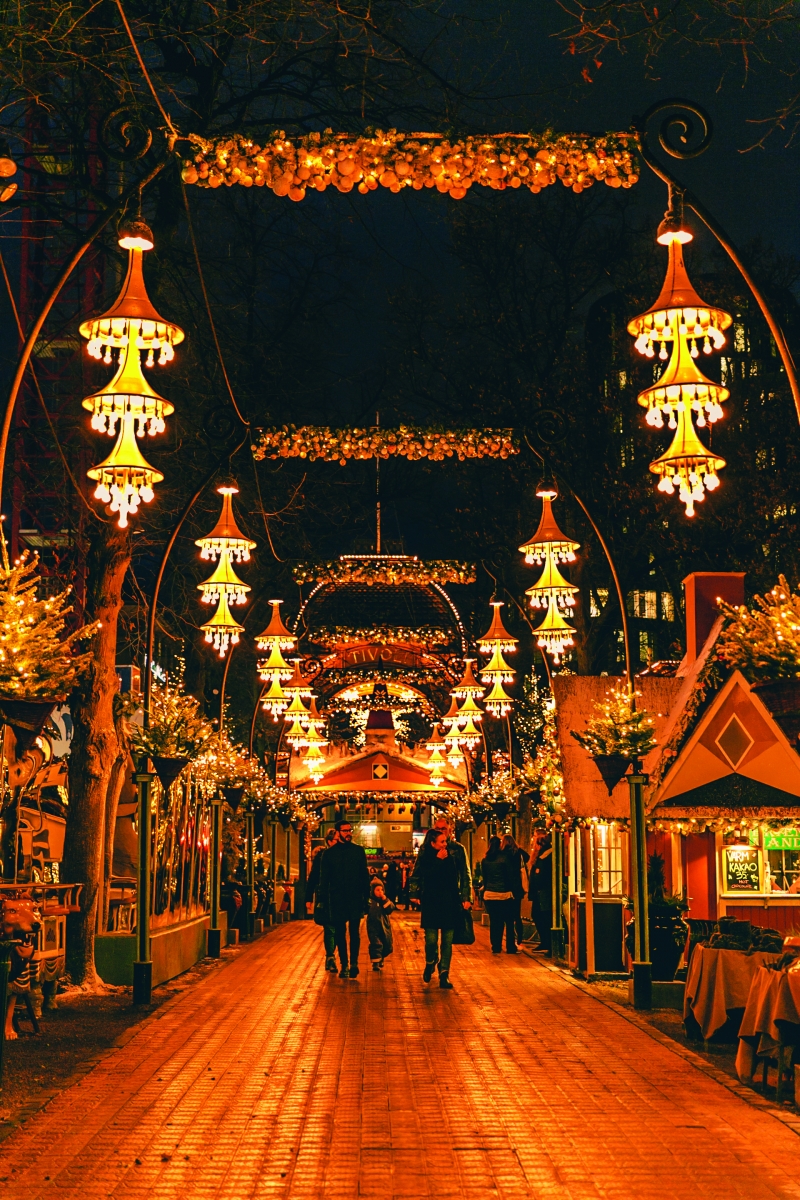

Tivoli Gardens
Think everything cozy—a roaring log fire, warm woolen blankets, cashmere socks, the glow of a candle, the aroma of sugar-roasted almonds, a mug of steaming hot chocolate, best friends around a dinner table—and you’re starting to get the picture.
Hygge weaves through the very fabric of modern Danish life, especially during the long winter season, and is now so ubiquitous in Denmark (and other parts of Europe) that it was chosen as one of 2016’s words of the year by the Oxford English Dictionary.
And on this late-November night, with just a few weeks to go until the holidays, I’m determined to find my own hybrid hygge in a cutting-edge design city that does cool and cozy in equal measure.
I don’t have to walk far. Traditional Christmas markets are in full swing in major squares, twinkling with colorful lights, lined with stalls selling festive ornaments and sweet treats, and brimming with people drinking gløgg, Denmark’s classic hot mulled spiced wine (trust me, it’s delicious).
All the stores on Copenhagen’s central boulevard Strøget—one of the longest pedestrian shopping streets in Europe—are swathed in holiday decorations, and restaurant windows glow with candlelight.
Across the city in Tivoli Gardens, Copenhagen’s beloved amusement park dating back to 1843, the air is so thick with hygge that you can slice it with a cake knife as children and parents alike revel in the classic rides, candy floss stalls, and Christmas illuminations.
I’m starting to understand why Copenhagen is frequently rated the most livable city in Europe, and Danes constantly rank among the world’s happiest people.
On its surface, Copenhagen looks much like many other European capitals. A major port city, it was founded around 1160 and is located on the island of Zealand on Denmark’s east coast.
With a population nudging 800,000, the City of Copenhagen is roughly split into six areas—the bustling commercial and historic center, surrounded by a network of canals and lakes on either side, and five distinct districts: Vesterbro, Frederiksberg, Nørrebro, Østerbro, and Christianshavn.
The relatively compact city area is best discovered on foot or by bicycle. Its maze of streets, alleys, and squares is home to a treasure trove of royal palaces, churches, museums, parks, gardens, and colorful canal houses.
Intersected by the central Strøget, which extends from Kongens Nytorv (King’s New Square) to City Hall next to Tivoli Gardens, this delightful city is a place to wander almost aimlessly, each twist and turn delivering a new sight to savor.
Royal watchers can head for Amalienborg Palace—the official residence of Denmark’s reigning queen Margrethe II and her family—and nearby Rosenborg Castle and King’s Garden, designed as a royal summerhouse and playground in 1606.
The city’s low-rise skyline is pierced with church spires, testament to Copenhagen’s Evangelical Lutheran history, and museums abound showcasing an array of cultural themes.
Take the cover off Copenhagen’s chocolate box, however, and three very different and exciting concepts—contemporary food, design, and architecture—are turning the city into one of the world’s coolest and most cutting-edge destinations for the modern traveler.
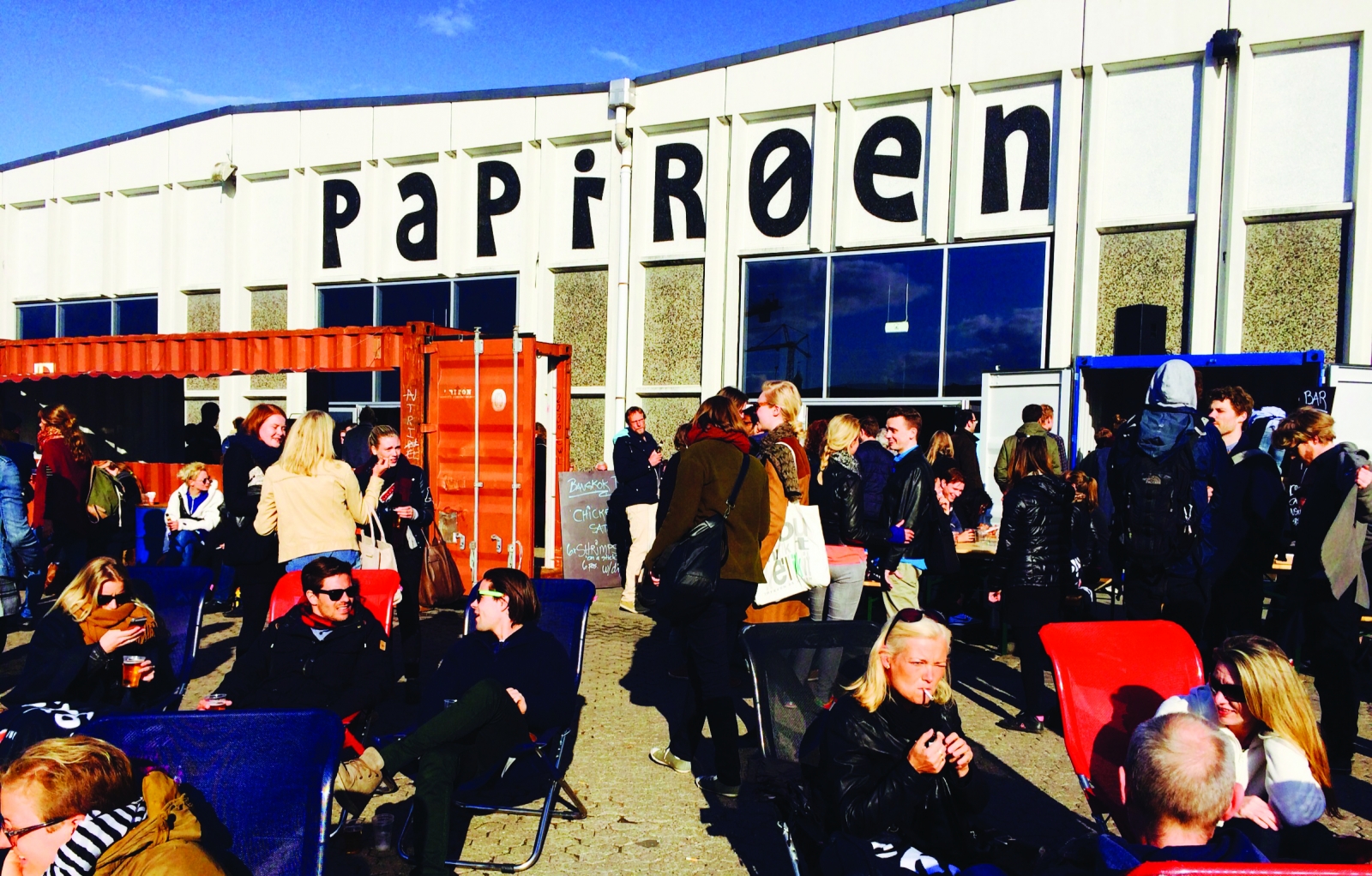

Papirøen street market
The city’s new architecture, including UN City, The Blue Planet (Denmark’s national aquarium), VM Mountain residences, and the Koncerthuset prompted international style bible Wallpaper to name Copenhagen its Best City of 2016.
Sleek design, especially in the lifestyle and home furnishings departments, has been in Denmark’s DNA for many decades, but a new generation of outstanding designers, from furniture to art and fashion, are elevating Copenhagen’s international status.
Head to Vesterbro’s meatpacking district of Kødbyen, Nørrebro’s trendy Jaegersborggade, and Christianhavn’s Papirøen—a former paper storage facility that’s now home to Copenhagen’s biggest street food market—and you’ll find thriving hubs of creativity.
Perhaps the most exciting element is the city’s burgeoning food culture, fueled by the global fascination with new Nordic cuisine.
Copenhagen now boasts 18 Michelin stars at 15 restaurants (Denmark establishments scored a record 29 stars in the 2017 Michelin Guide), with some of the country’s best chefs bringing a fresh new twist to menus and restaurant design.
With a focus on purity, simplicity, and freshness, Danish chefs are sourcing the country’s best natural ingredients and fusing them with new and old Scandinavian culinary traditions with spectacular results.
Speaking of tradition in a city awash with contemporary hotels, it’s heartening to find one that recalls Denmark’s Golden Age while still offering all the comforts and amenities expected by sophisticated travelers.
Known locally as “The White Lady on Kongens Nytorv,” the grand, white-painted Hotel d’Angleterre has held court over Copenhagen’s square for more than 260 years.
Fresh from an $80 million total refurbishment in 2013, this landmark five-star hotel offers 92 spacious suites and guest rooms designed in classic style, but with a thoughtful modern twist and state-of-the-art technology.
No two accommodations are the same, with many of the suites’ interiors inspired by noted Danish authors, artists, and composers such as Hans Christian Andersen, Karen Blixen, Ludvig Holberg, Bertel Thorvaldsen, and Hans Christian Lumbye.
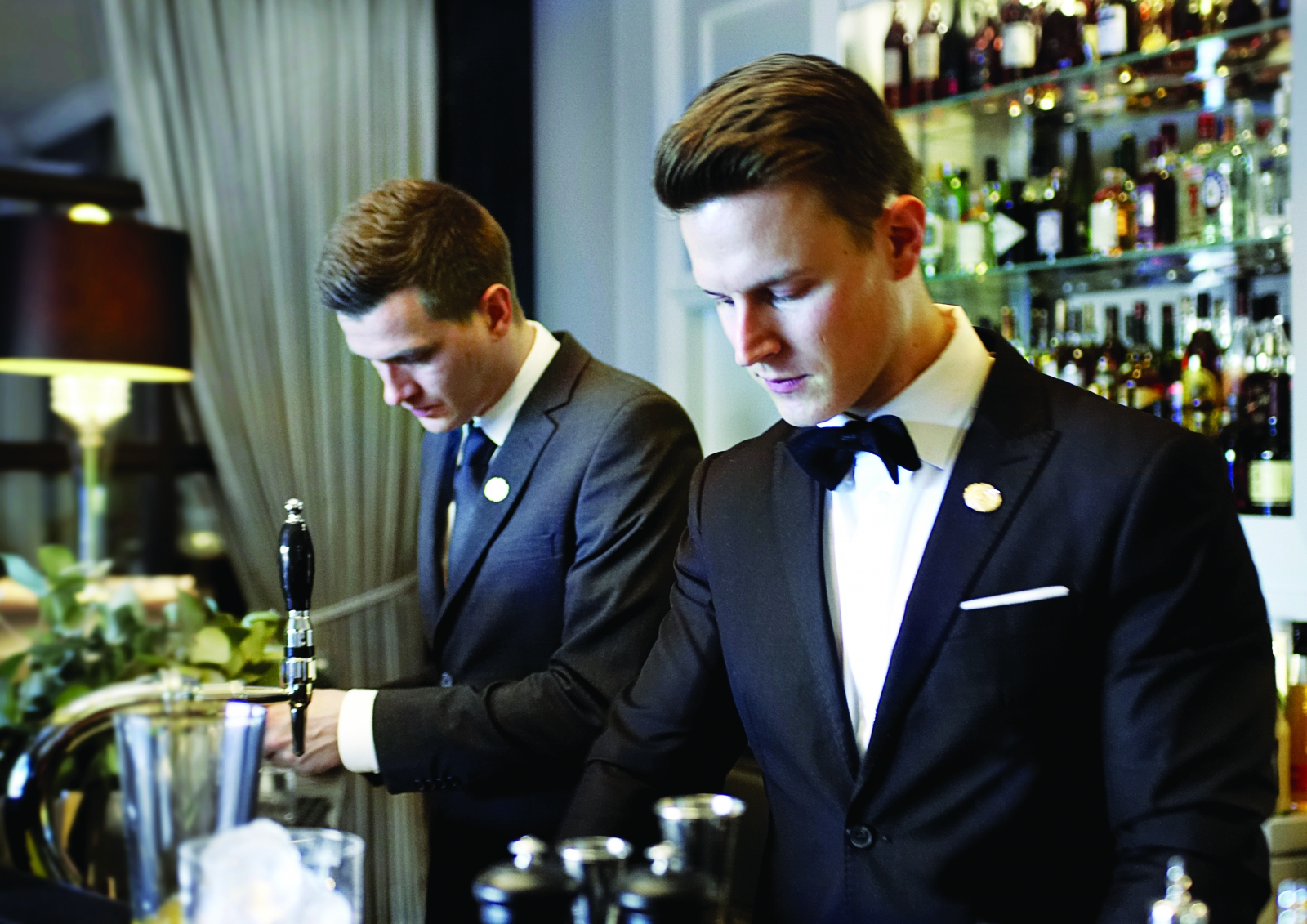

The palatial Royal Suite is a study in refined elegance, a lavishly decorated space with gilded paneling, plush carpets, and crystal chandeliers; separate living and dining rooms; and a royal wave-worthy balcony overlooking the square.
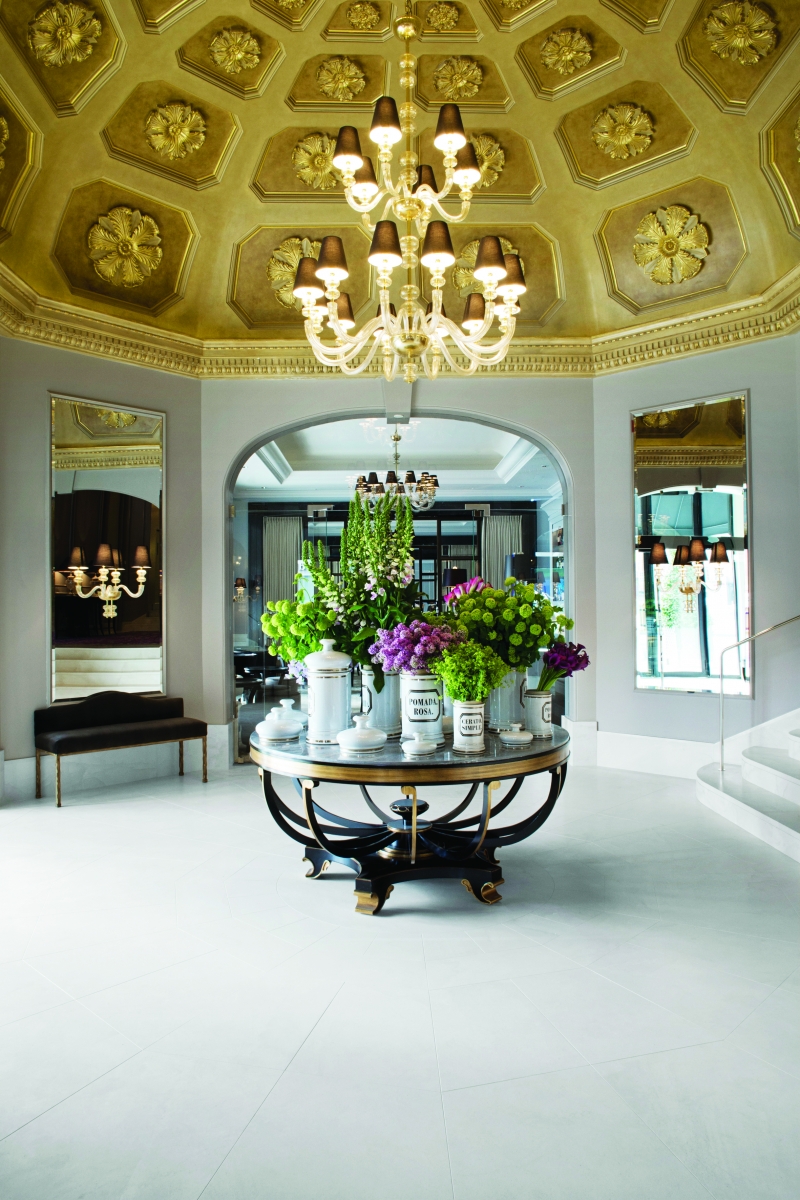

The hotel’s Amazing Space spa more than lives up to its name, featuring an indoor pool and excellent body treatments to combat any lingering jetlag, while the stunning Palm Court ballroom and Louis XVI salons add a belle époque touch to weddings and special events.
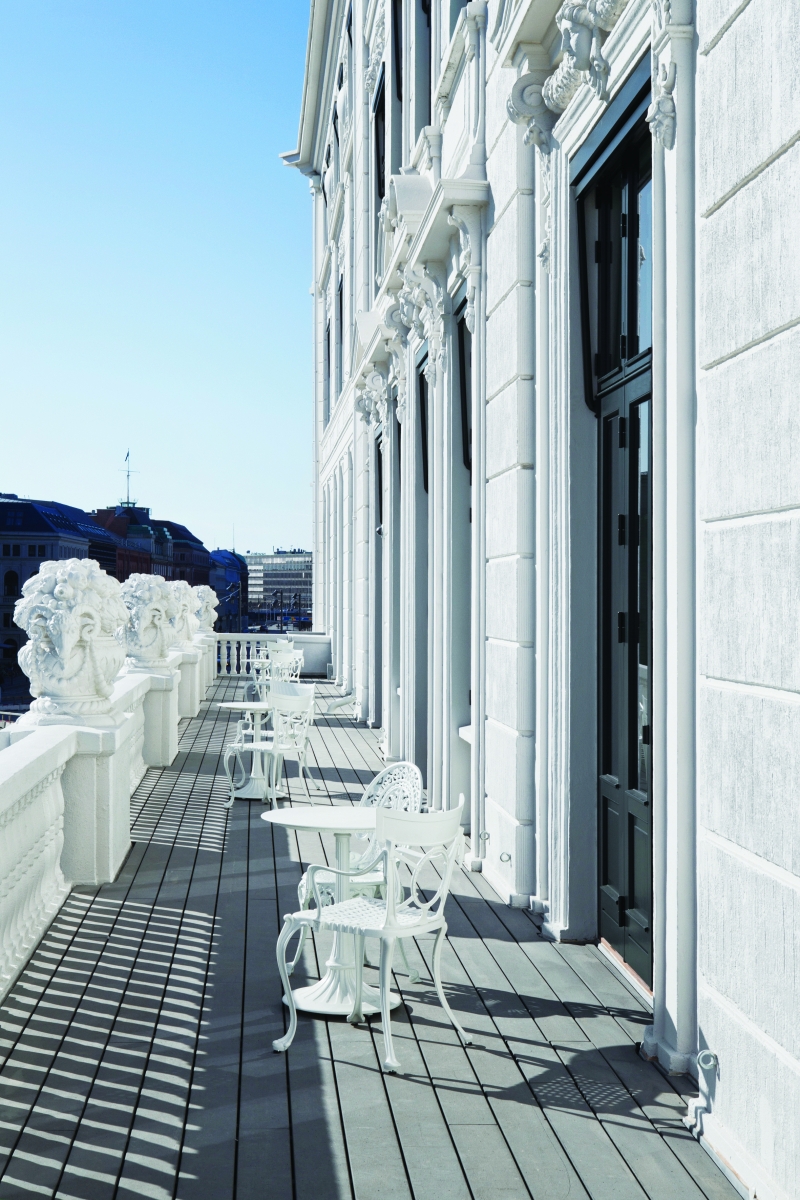

Responsibility for the d’Angleterre’s overall style and design falls to Creative Director Alan Evensen and his team, who create the beautiful seasonal and floral decorations in the hotel’s public areas.
The talented Evensen also hosts private flower arranging lessons for guests wanting to learn how to recreate his unique hatbox designs at home. I duly cut a few stems and place a few blooms, but I won’t be giving up my day job any time soon.
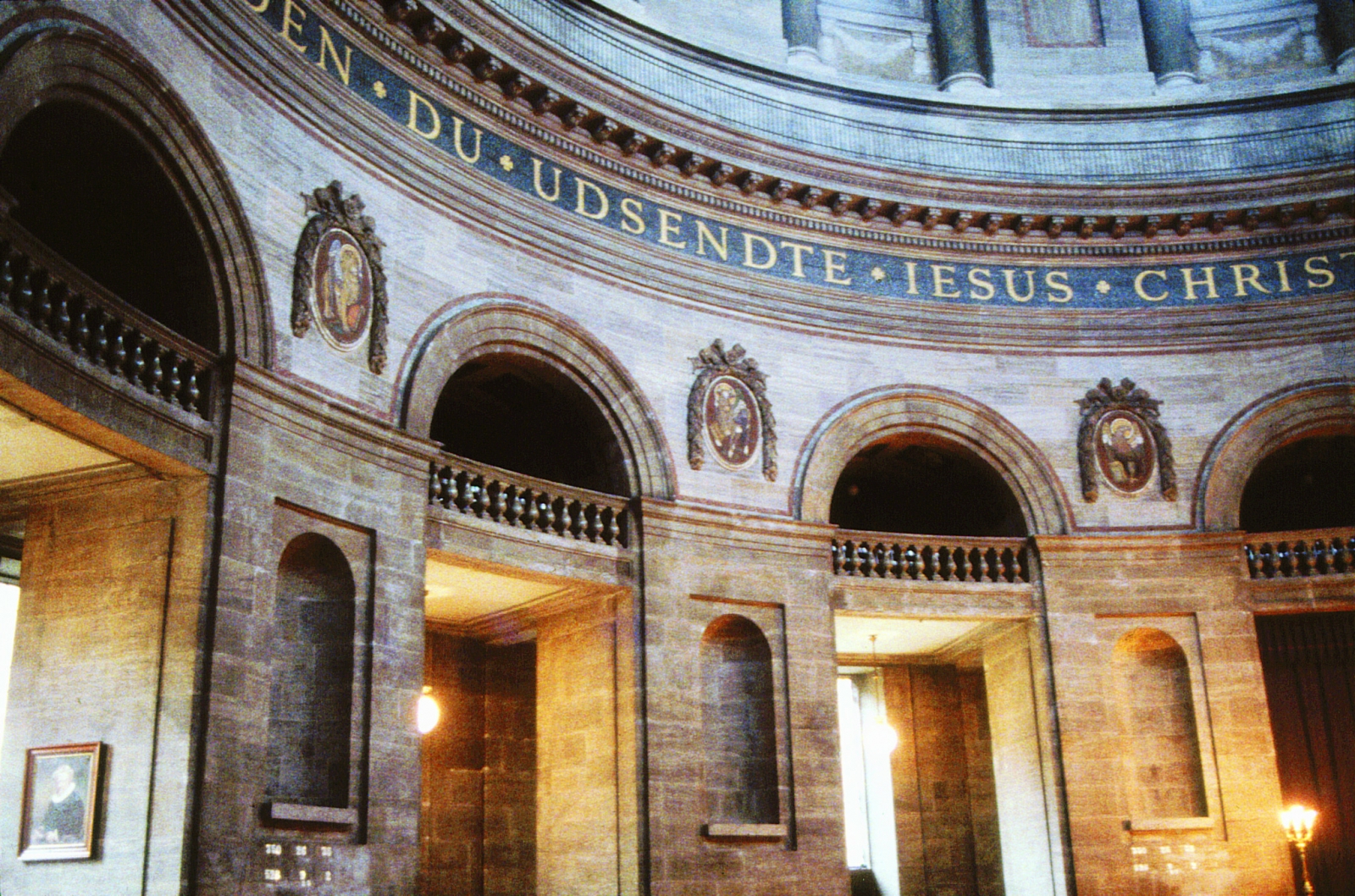

Historic Marble Church
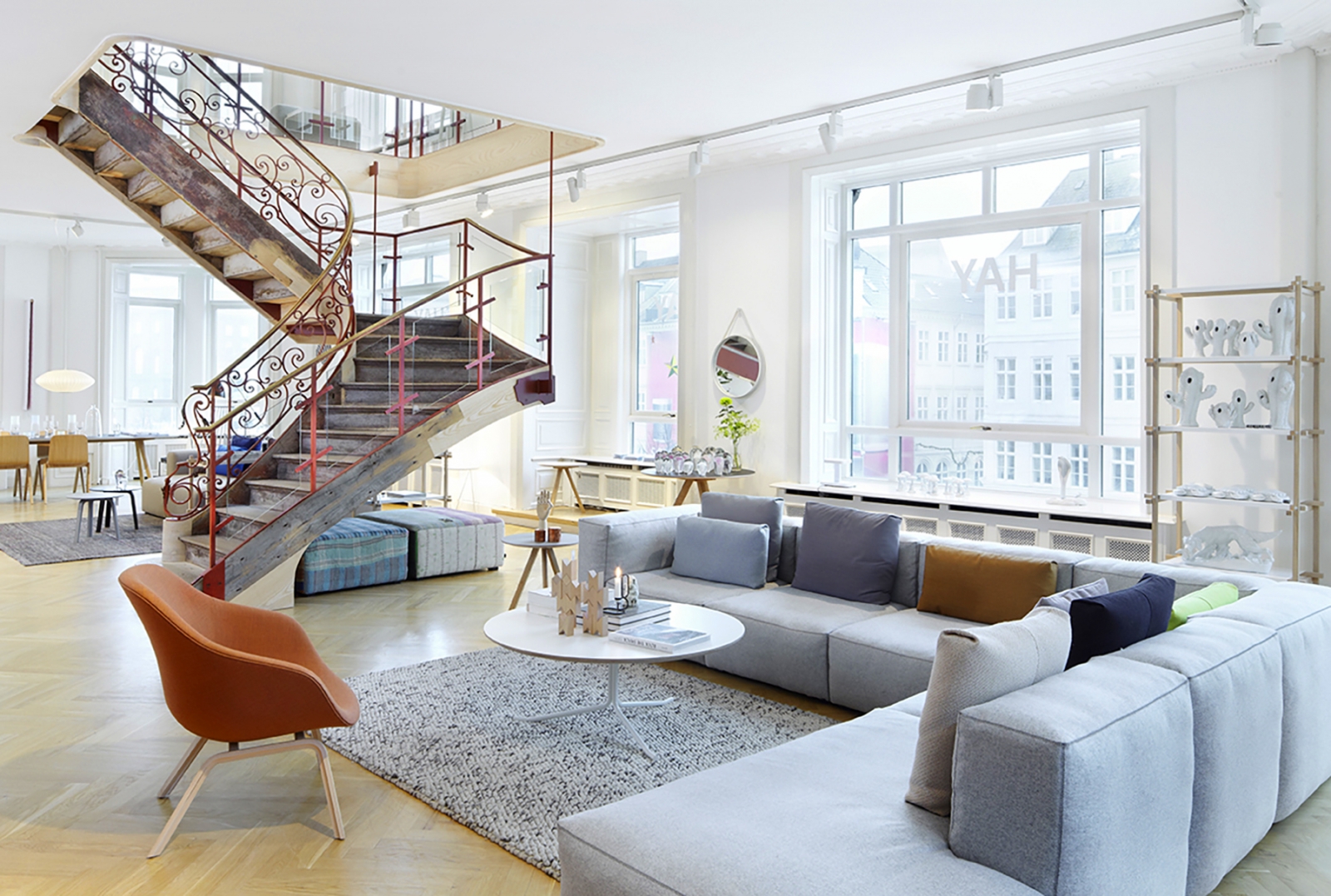

Hay House
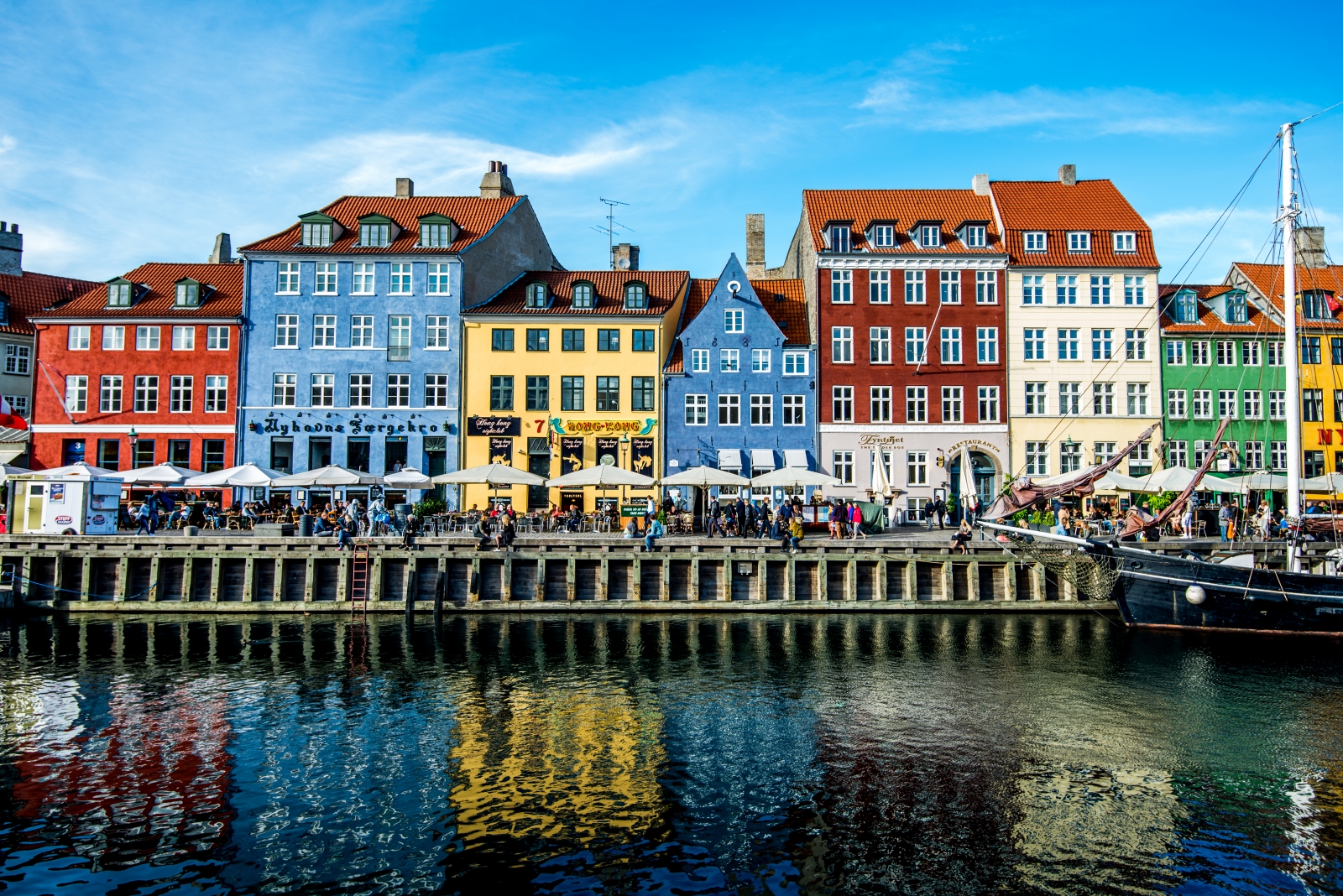

Nyhavn Waterfront
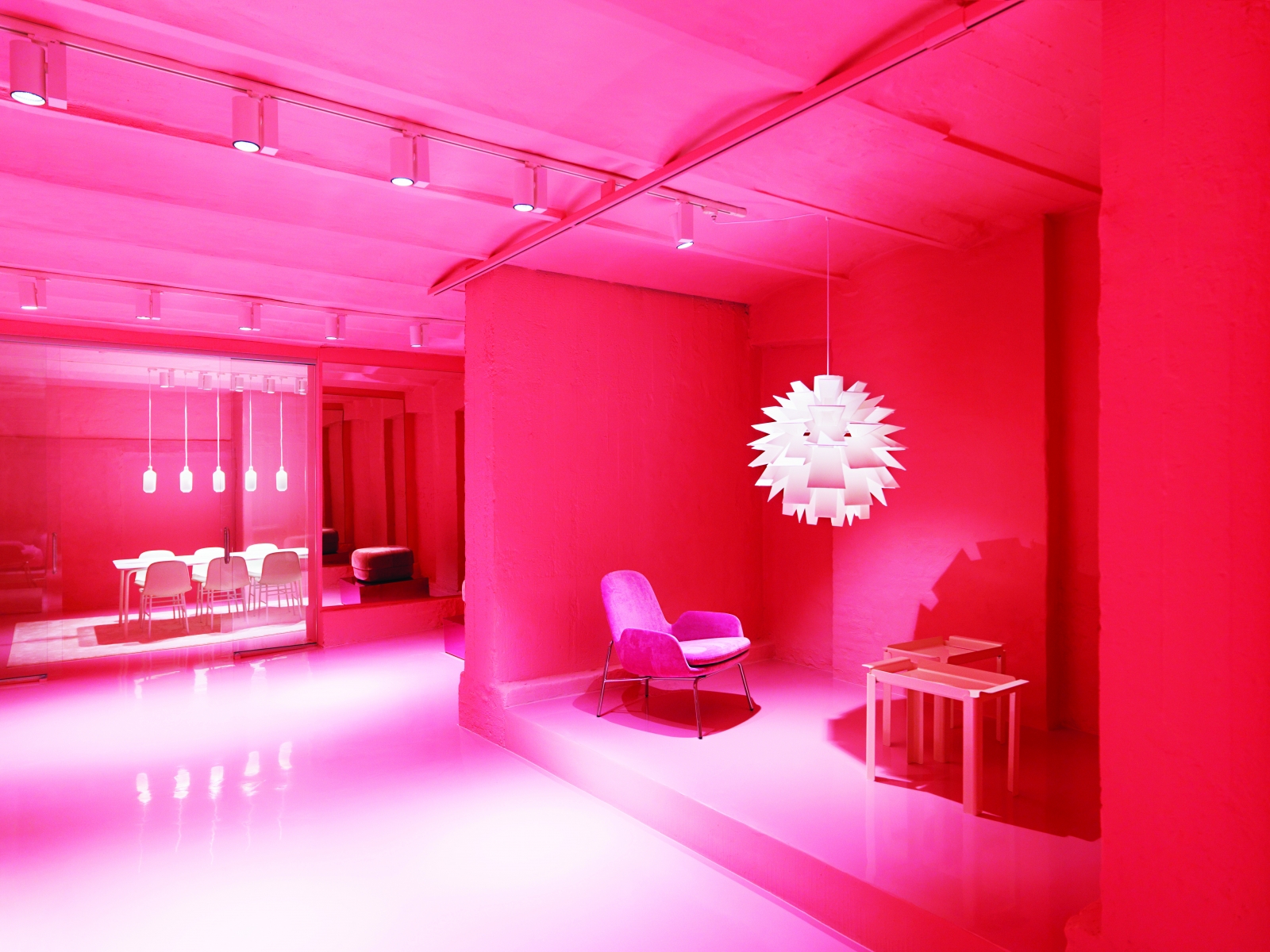

Normann Copenhagen
The undoubted highlight of a stay at d’Angleterre is dining at Marchal, the hotel’s acclaimed restaurant where Executive Chef Andreas Bagh delivers ambitious menus inspired by Nordic and French classics.
My four-course dinner—featuring a caviar tasting; a salad of fennel, poussin breast, and wild herbs; Norwegian scallops baked in the shell with seaweed, browned butter, and citrus; and a delicious lemon tart—affirms why Marchal has one of Copenhagen’s coveted Michelin stars
Follow this with a glass of bubbles in Balthazar, the hotel’s sleek Champagne bar, or a nightcap at nearby Brønnum, a new cocktail hotspot next to the Danish Royal Theater, and you have the makings of a perfect evening.
Copenhagen is, of course, merely the tip of Denmark’s cultural iceberg. If you want to head farther afield, take the train north of the city to the exceptional Louisiana Museum of Modern Art and nearby Kronborg Castle in Elsinore (Helsingør), the setting for William Shakespeare’s Hamlet boasting majestic coastal scenery.
And Aarhus, this year’s European Capital of Culture, is a three-hour and 45-minute train journey northwest of Copenhagen.
On my last day, I treat myself to hot chocolate and a slice of Danish sportskage—a creamy confection of crushed nougat, whipped cream, macaroon, and caramelized choux pastry—at La Glace, the city’s oldest and most popular café.
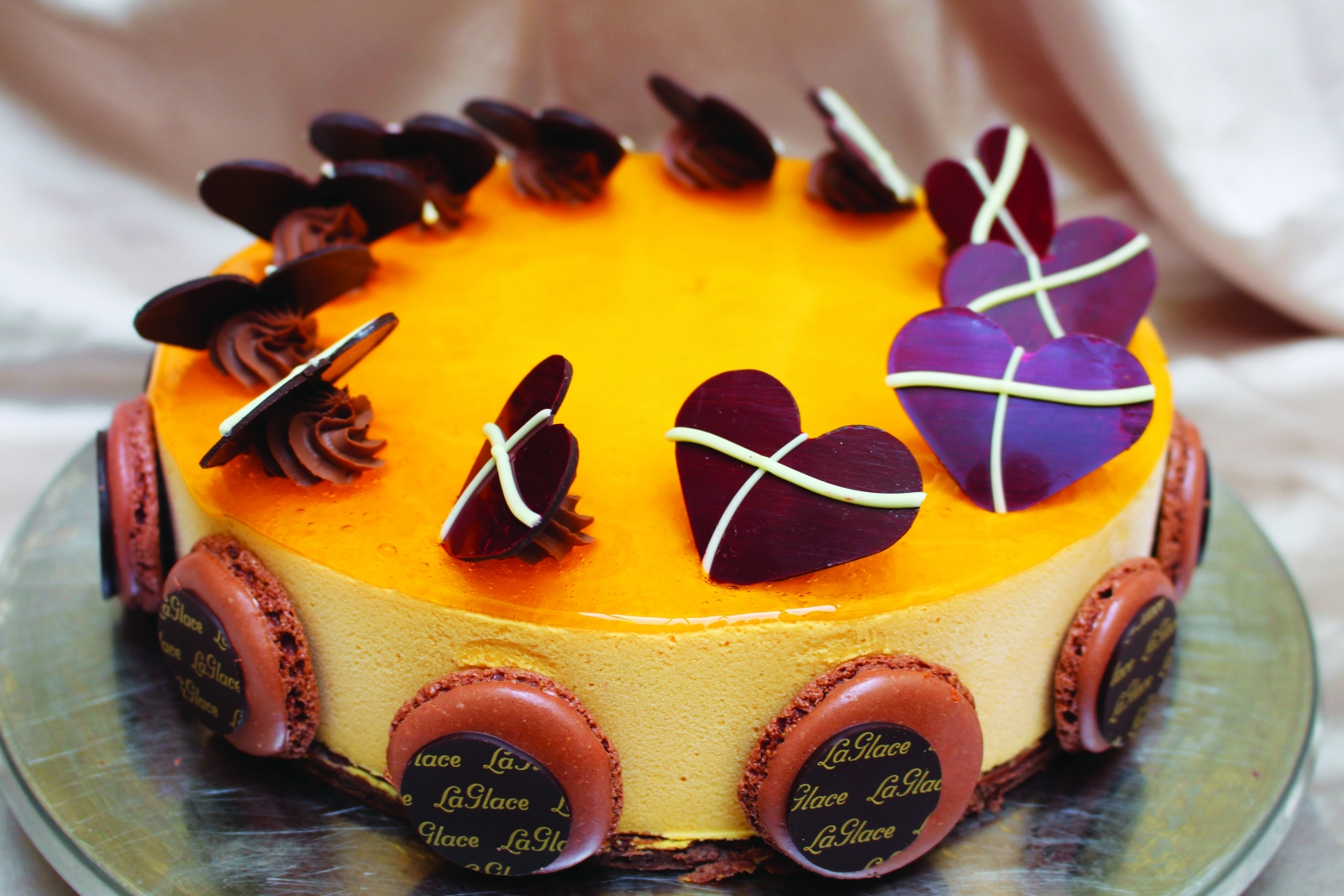

I don’t really need it. I just want to wrap myself in that warm, cozy, and comfortable blanket called hygge one last time.


